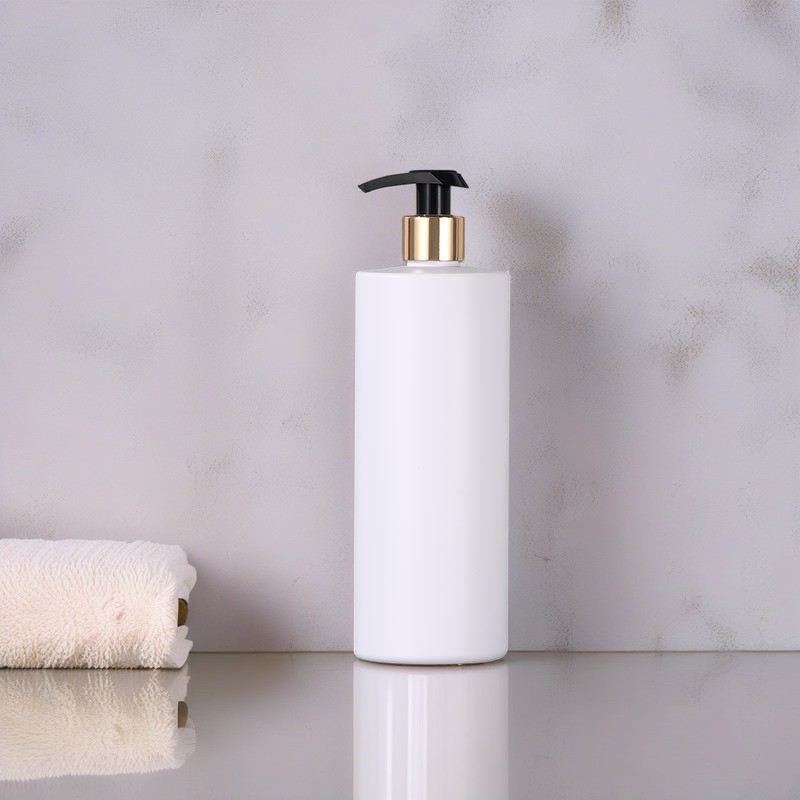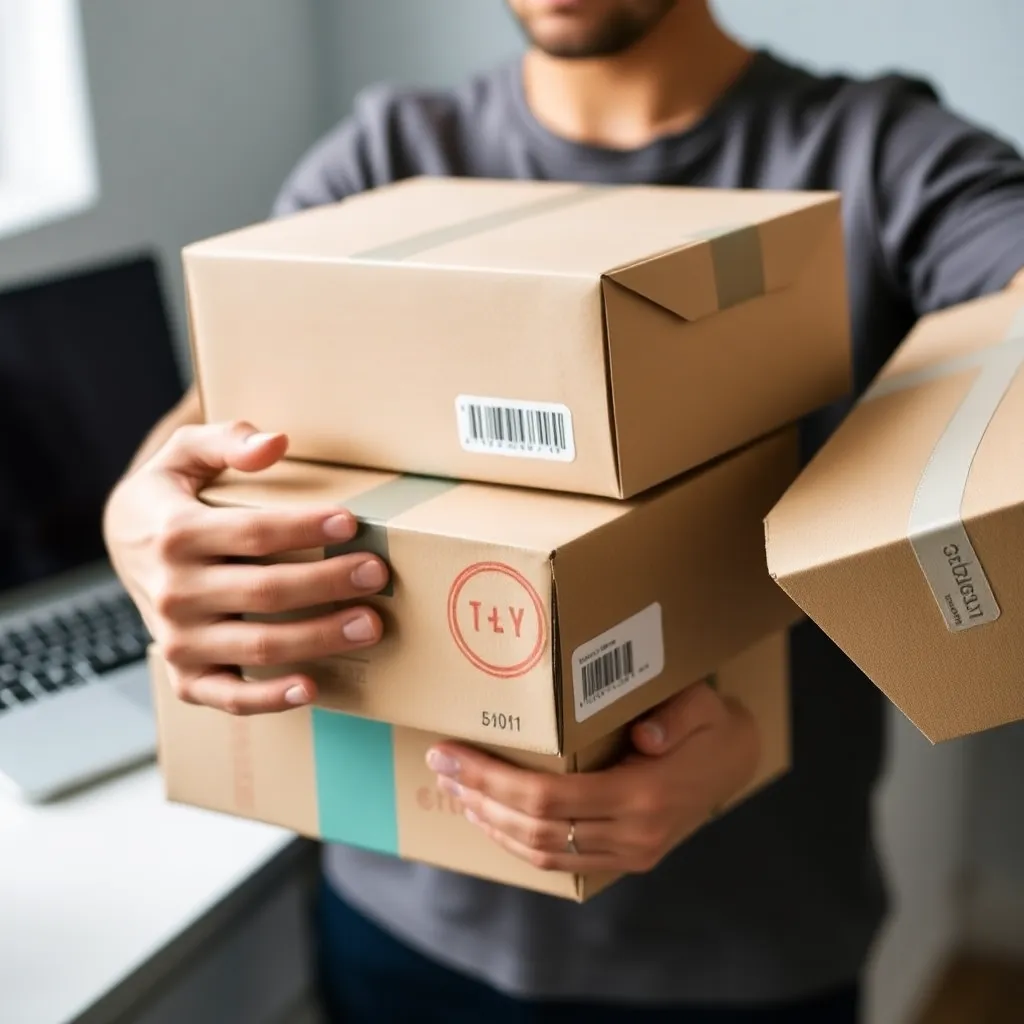PET bottles recycling is an essential step to pave the way for a sustainable future while meeting the needs of modern lifestyle demands. Recyclable PET bottles have proven to be a game-changer in reducing environmental waste and fostering responsible consumption. For individuals who wish to combine their beauty and self-care routines with eco-friendly alternatives, understanding the role of PET bottle recycling is paramount. This article will guide you through everything you need to know about the recycling of PET bottles, how it connects with packaging solutions such as those offered by PET bottle suppliers, and tips on how to make this a part of your daily lifestyle.
What Are PET Bottles and Why Are They Important?
PET, or polyethylene terephthalate, is a lightweight, durable, and recyclable material widely used in the manufacturing of bottles for beverages, household products, and beauty products. PET bottle manufacturing has grown in popularity due to this material’s unique properties such as its ability to withstand pressure, maintain food-grade safety standards, and its aesthetic appeal. These qualities have made PET bottles a preferred choice for both consumers and producers.
Interestingly, PET bottles have diversified over time with various types and applications. From clear PET bottles that showcase their contents to opaque bottles with stylish dispensers and pumps, each type caters to specific user needs. The modern cylindrical bottle mentioned above, with its luxurious combination of matte black and gold accents, exemplifies how PET bottle manufacturing has embraced both functionality and aesthetics. By using materials like PET, manufacturers have ensured that these high-end designs align with eco-conscious practices, being recyclable and reusable within the recycling stream.
How to Recycle PET Bottles Effectively
While PET bottles are recyclable, ensuring effective recycling involves a step-by-step process. Here’s how you can make the most impact:
1. **Segregate Your PET Bottles**: Start by segregating PET bottles from non-recyclable materials in your waste. Look out for the recycling symbol (usually a triangle with a number '1') on the bottle, which indicates it is made from PET.
2. **Clean Pre-Recycle**: Before recycling, rinse out bottles to remove any residue. For example, if you are recycling a PET bottle used for lotion or liquid soap, ensure no product remains inside.
3. **Compress to Save Space**: Once the bottle is clean, compress it to save space. Press down on the bottle gently to remove air before putting it into your recycling bin.
4. **Remove Components**: In products like the sleek cylindrical bottle highlighted above, components such as the matte black pump may need to be separated if they are made of non-PET materials. Ensure you follow your local recycling guidelines for such elements.
5. **Drop Off at Designated Stations**: Send the PET bottles to a designated recycling facility or arrange for curbside collection. Partner with PET bottle suppliers or community organizations that work actively to close the bottle’s recycling loop.
Why Recycling PET Bottles Benefits Everyone
Recycling PET bottles goes beyond just keeping your surroundings clean. It significantly reduces the environmental impact caused by virgin plastic production. PET bottle recycling helps save energy, conserves natural resources, and prevents plastic from ending up in landfills and oceans.
For businesses involved in PET bottle manufacturing, adopting eco-friendly practices plays a pivotal role. Ethical sourcing and the ability to recycle provide a competitive advantage while meeting consumer demands for sustainable goods. Additionally, products like the stylish, premium cylindrical dispenser bottle described above showcase how recycled PET can be used to create packaging solutions that not only look great but are also environmentally responsible.
How PET Bottle Types Support Green Living
The diversity of PET bottle types supports efforts centered around recycling and reuse. Some PET bottles, like the minimalist design described in the product introduction, feature lightweight yet durable construction, which ensures longevity and reduces waste. Other PET styles embrace transparency to allow consumers to see the inner product—a key factor in reducing wastage and boosting usability.
By choosing reusable PET bottles for products like shampoos, lotions, and serums, consumers invest in both style and sustainability. Paired with emerging trends such as refillable packaging stations, these bottles promote a zero-waste lifestyle while retaining their chic aesthetic appeal.
How You Can Make a Difference
Now that you know the steps for PET bottles recycling and the importance of PET bottle manufacturing, it's time to shift gears and action your knowledge. Start by assessing the products within your beauty or household routine. Replace single-use plastic packaging with reusable options like those highlighted above.
Look for brands that adopt sustainably manufactured PET bottles. Consider that elegant white cylindrical bottle with gold accents and matte black pump—a shining example of how style meets sustainability. Not only does it provide a sophisticated touch for your storage needs, but its ergonomic design and robust material make it an ideal candidate for reuse and recycling.
By making informed choices for your home and personal care products, you multiply the benefits of PET recycling. Your contribution will minimize waste, reduce your carbon footprint, and inspire others to follow suit.
Conclusion
Incorporating PET bottles recycling into your daily life is both practical and impactful. From segregating waste to opting for elegant yet functional PET bottle types, every conscious decision counts toward making the world a greener and cleaner place. As PET bottle suppliers and consumers continue to push for innovation and sustainability, the possibilities for reducing environmental impact grow exponentially.
Whether you’re motivated by style, practicality, or care for the planet, there’s no better time than now to embrace the change. So, the next time you pick up a PET bottle, remember that its journey doesn’t end when it’s empty—it’s just the beginning of a new cycle. Together, let's make recycling PET bottles an everyday habit and contribute to a sustainable future.






.webp)

.webp)


.webp)
.webp)
.webp)
.webp)
.webp)
.webp)










